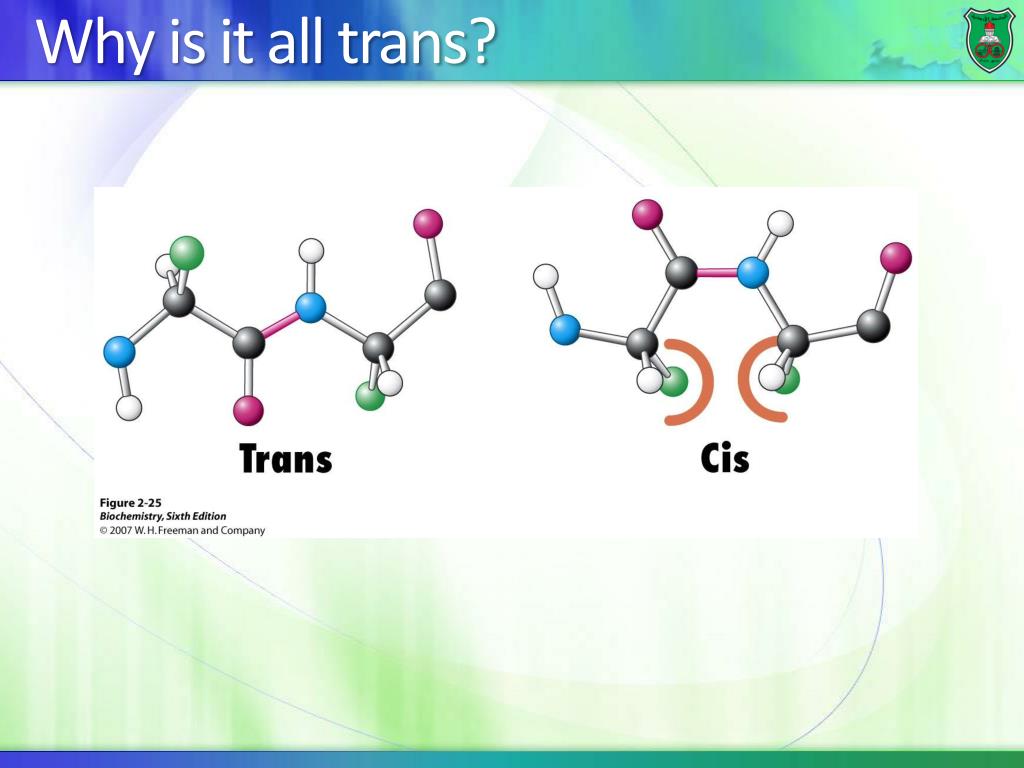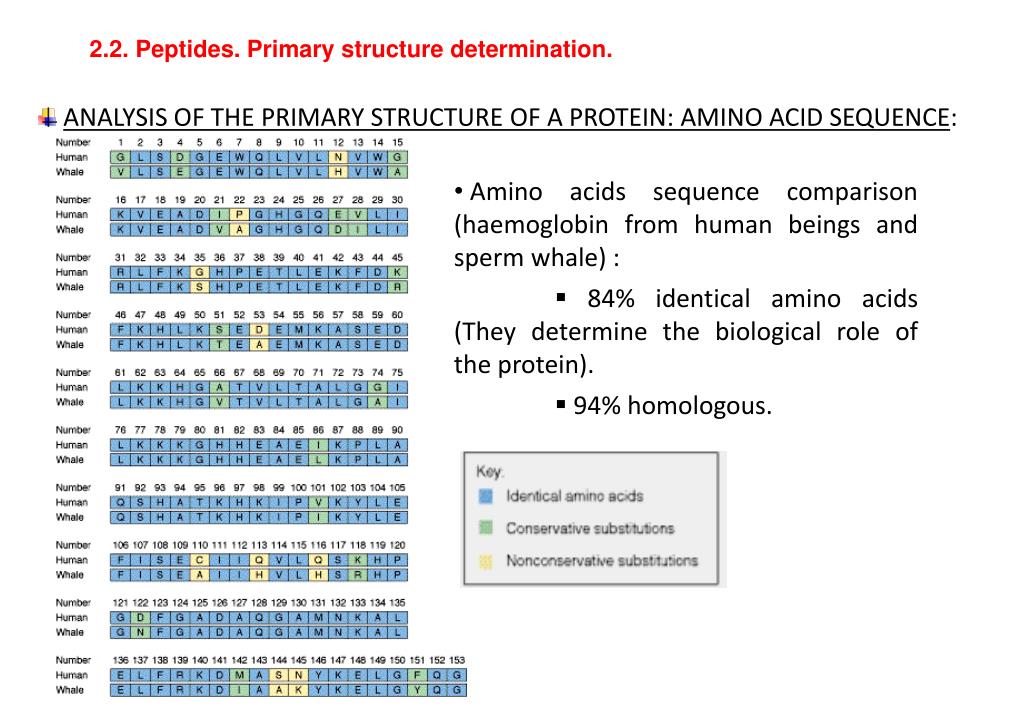

With the exception of achiral glycine, natural amino acids have the L configuration, and are the only ones found in proteins during translation in the ribosome. The common natural forms of amino acids have the structure −NH + 3 ( −NH + 2− in the case of proline) and −CO − 2 functional groups attached to the same C atom, and are thus α-amino acids. In the past they were often called imino acids, a misnomer because they do not contain an imine grouping HN=C.

These include proline and hydroxyproline, which are secondary amines. Amino acids containing an amino group bonded directly to the α-carbon are referred to as α-amino acids. The carbon atom next to the carboxyl group is called the α–carbon. In the structure shown at the top of the page, R represents a side chain specific to each amino acid. The 21 proteinogenic α-amino acids found in eukaryotes, grouped according to their side chains' pK a values and charges carried at physiological pH (7.4) In 1902, Emil Fischer and Franz Hofmeister independently proposed that proteins are formed from many amino acids, whereby bonds are formed between the amino group of one amino acid with the carboxyl group of another, resulting in a linear structure that Fischer termed " peptide". Proteins were found to yield amino acids after enzymatic digestion or acid hydrolysis. The first use of the term "amino acid" in the English language dates from 1898, while the German term, Aminosäure, was used earlier. The unity of the chemical category was recognized by Wurtz in 1865, but he gave no particular name to it.

The last of the 20 common amino acids to be discovered was threonine in 1935 by William Cumming Rose, who also determined the essential amino acids and established the minimum daily requirements of all amino acids for optimal growth. Glycine and leucine were discovered in 1820.

Cystine was discovered in 1810, although its monomer, cysteine, remained undiscovered until 1884. In 1806, French chemists Louis-Nicolas Vauquelin and Pierre Jean Robiquet isolated a compound from asparagus that was subsequently named asparagine, the first amino acid to be discovered. The first few amino acids were discovered in the early 1800s.


 0 kommentar(er)
0 kommentar(er)
